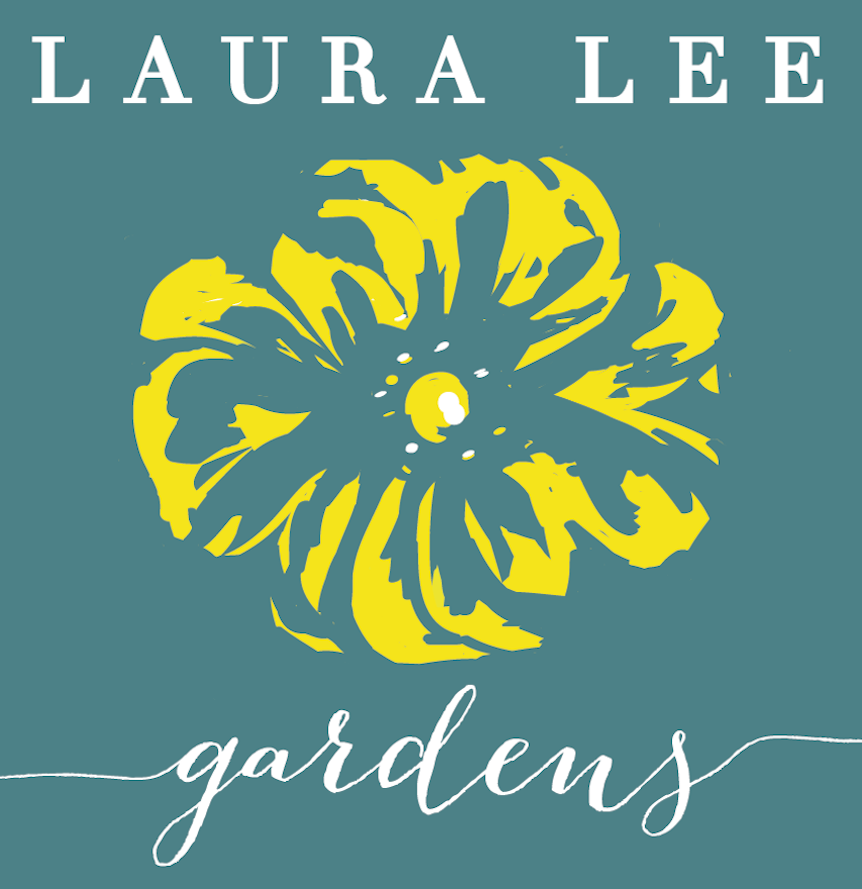When you have young children, the garden can feel like a playground just for them. Filled with brightly coloured play equipment, footballs and scuffed turf it can become a very uninspiring place for you to relax in. But by creating different areas for everyone in the family, you can carve out room for yourself as well as your children so that everyone can enjoy their outdoor space.
Think about the overall size of your garden and how much space you want to allocate for time together as a family. Patios should be generous to allow for a decent sized dining area. Ask yourself how much room you’ll need for a children’s play area, and whether you could squeeze in a more grown-up zone too, perhaps for drinks at the end of the day away from the house. Then think about what you could use to divide these areas up. Simple paths and flower borders can work really well, or you could use natural screening such as small trees, tall grasses or hedges.
Think also about your view from the house. If you have young children you probably want to be able to see what they’re doing, but it’s good to be able to let them out there without constant supervision so site any play areas where you can see them. Consider using wooden or metal screens or pergolas, which could support climbing plants as these can provide a more ‘see through’ partition in the garden for when you still need to see what the kids are up to. If you have older children, you might prefer to have a more beautiful view out, with their play area more hidden within the garden.
If possible, try and think also about how those areas could evolve as your children get older so that you don’t have to reconfigure things every couple of years. Climbing frames and other fixed play equipment is great when the children are small but can really dominate family gardens. Think about whether equipment you can just put away for the winter (or even at night) might do and incorporate good storage into your plans so that things can be tidied away. Trampolines are really great, long lasting play spaces, but do think about having one built into the ground rather than just keeping it on its base as you will probably be looking at it for at least five years! Inground trampolines can also be softened with planting and become much less of an eyesore in an otherwise lovely garden.
There are also lots of low-cost things you can do in the children’s play area. Willow houses and tunnels are relatively cheap and easy to construct and can provide a really naturalistic play space if that is your design style. Muddy kitchens are also easy to build with old pots and pans and some sanded down pallets. Wood can be painted with blackboard paint and a waterproof box of chalks left out. Outdoor tracks for cars and toy trucks are easily made. Dens are also really lovely in the summertime (and the winter if you have that kind of child!). Outdoor wigwams can be bought but you can also make your own with wooden poles and waterproof canvas. Fill them with cushions and blankets and you have a lovely space for reading or drawing.
Finally, make sure any materials you use blend in with the colour and style of the exterior of your house and keep the number of different materials you use to around three or four. This will help to create some continuity between your interior and exterior style and ensure your garden sits comfortably within the design of your house, becoming a true extension of your home.
